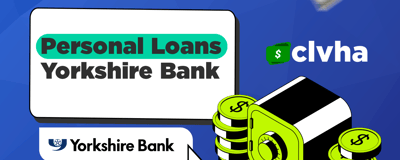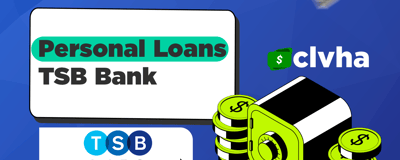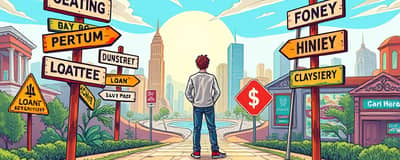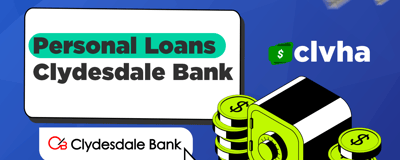Loan defaults can have severe consequences for borrowers, affecting their credit scores, financial future, and overall peace of mind. Understanding what loan default means, its potential repercussions, and how to avoid falling into this situation is essential for anyone navigating the world of borrowing. In this article, we will explore different aspects of loan default, including various types of loans that can default and strategies to prevent it.
Loan default can occur when a borrower fails to make required payments on their loan. This can happen for various reasons, including financial hardship, lack of understanding of loan terms, or unexpected expenses. It is crucial for borrowers to stay informed about their financial obligations and to communicate with lenders if they are facing difficulties in making payments.
Being proactive and knowledgeable about loans can help protect borrowers from the serious implications of default. By understanding the common causes and prevention strategies, individuals can maintain their credit health and preserve their financial stability.
What Does Defaulting on a Loan Mean?
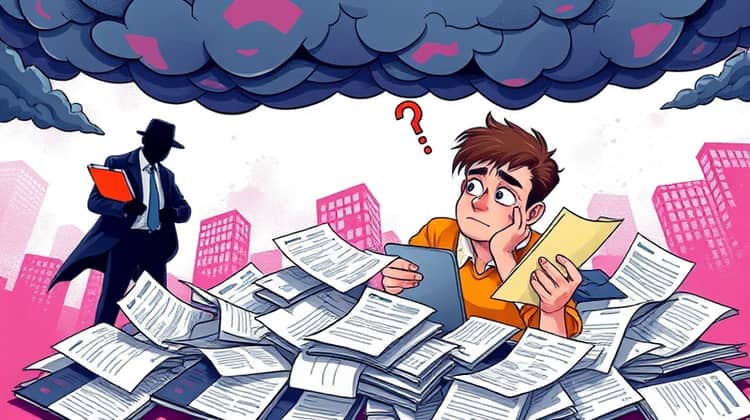
Defaulting on a loan refers to the failure to pay back a loan according to the agreed-upon terms in the loan contract. This can happen after a borrower misses several payments, which could lead their lender to declare the loan in default. Understanding what this means is crucial for anyone considering borrowing money.
When a loan goes into default, it often leads to a series of negative consequences for the borrower. For example, the lender may initiate collection actions, which can include hiring a collection agency to recover the unpaid balance. This can severely damage the borrower’s credit score and make it difficult to secure future loans or credit.
Different types of loans have different criteria for default. Mortgages, personal loans, and student loans, for instance, each have specific terms defining default. Recognizing these terms can help borrowers manage their obligations more effectively, preventing them from falling into default in the first place.
Consequences of Loan Default
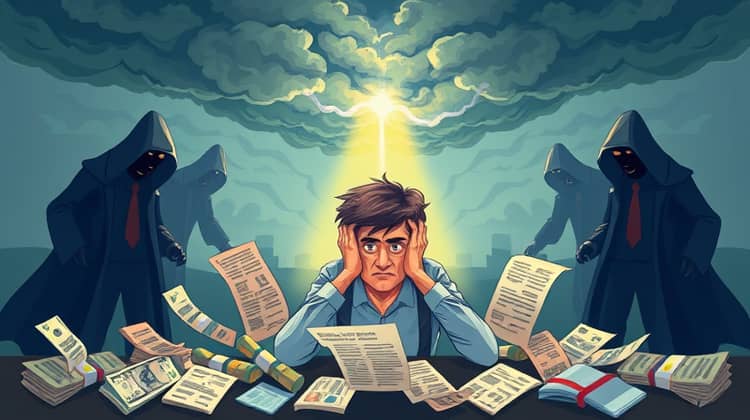
Loan default can bring numerous adverse financial consequences for the borrower. One of the most significant impacts is on credit scores. A default can remain on a credit report for up to seven years, making it challenging for the borrower to obtain new credit, mortgages, or even find housing that requires credit checks.
In addition to credit score damage, borrowers in default may face legal action from lenders. This can lead to wage garnishments, bank levies, or even foreclosure on secured assets. These actions can significantly strain a borrower’s financial situation, making recovery and repayment more difficult.
- Damage to credit score which can affect future borrowing possibilities.
- Increased collection efforts by the lender or debt collectors.
- Potential legal actions leading to wage garnishments or asset seizure.
- Loss of collateral if the loan is secured by property.
Understanding these consequences is vital for borrowers to grasp the severity of loan default and recognize the importance of timely payments.
Common Types of Loan Defaults
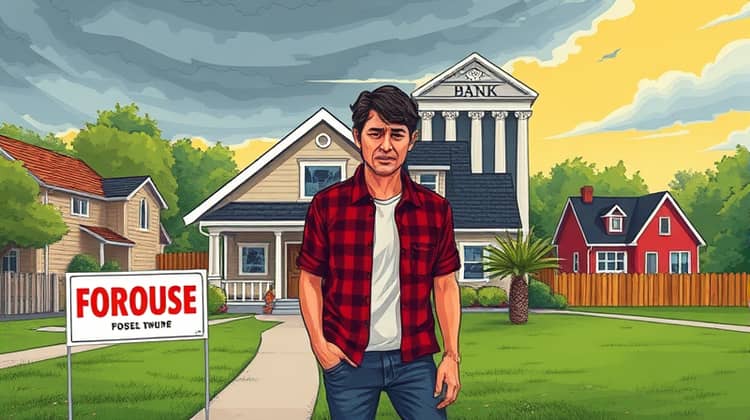
1. Mortgage Default
Mortgage default occurs when a borrower fails to make their mortgage payment for an extended period. This could result from financial hardship, loss of income, or rising interest rates that increase monthly payments beyond the borrower’s capacity to pay.
When a mortgage goes into default, the lender may initiate foreclosure proceedings on the mortgaged property. This means that the lender can take possession of the home, which can be devastating for the borrower, leading to the loss of their primary residence.
2. Defaulting on a Personal Loan
Personal loans can also go into default if borrowers neglect to make their monthly payments. Personal loans are unsecured, meaning they are not tied to physical property, but the repercussions can still be severe.
When a personal loan defaults, lenders can still pursue collection actions, which may include hiring collection agencies or even involving the courts, leading to further financial woes for the borrower.
3. Student Loan Default
Student loan default occurs when a borrower fails to make payments on their student loans for a certain period, typically 270 days. This can have long-lasting effects on a borrower's credit and future financial opportunities.
The consequences of defaulting on student loans are particularly significant, as they can include wage garnishment and loss of eligibility for repayment plans, deferments, or other financial aid.
Factors Leading to Loan Default
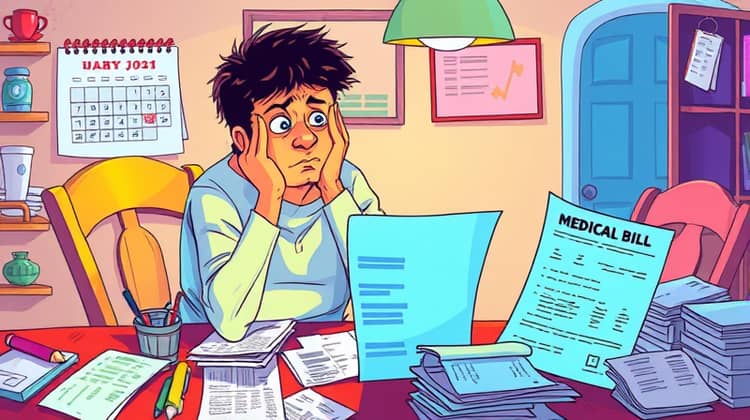
Several factors can lead to loan default, often stemming from unexpected changes in a borrower’s financial situation. Some common issues include job loss, medical emergencies, or significant life changes such as divorce that drastically impact income.
Understanding these factors can help borrowers prepare and mitigate risks associated with loan default.
- Loss of employment or reduced income.
- Unexpected medical expenses.
- Poor financial planning and budgeting.
- High levels of other debt.
By addressing potential problems before they occur, borrowers can reduce the risk of default.
How Loan Defaults Are Reported
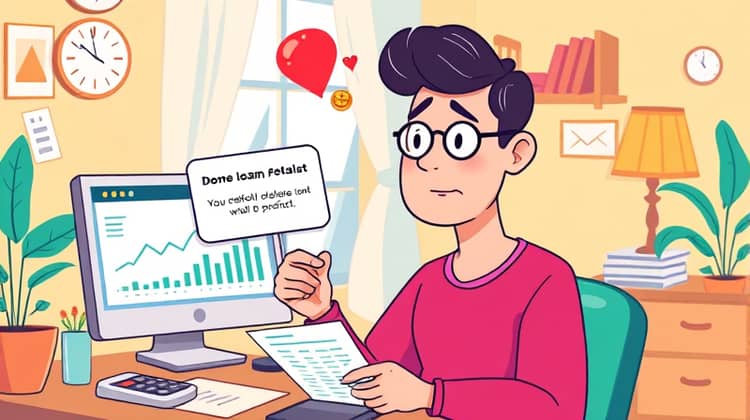
Loan defaults are reported to credit bureaus, which then reflect this information in a borrower’s credit report. This can have wide-ranging impacts on an individual's ability to borrow in the future.
Moreover, lenders are required to notify borrowers about their default status and provide them with options to rectify the situation before any severe actions are taken.
Strategies to Avoid Loan Default
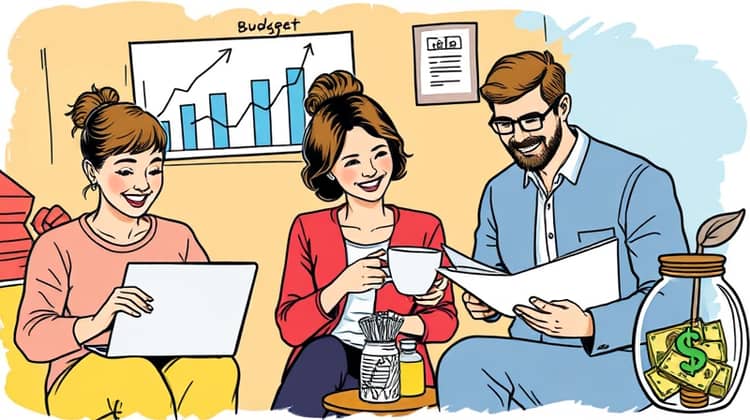
Preventing loan default involves vigilant financial management and proactive communication with lenders. Borrowers should remain aware of their financial situation, set budgets, and ensure they meet their payment obligations.
It is also beneficial for borrowers to review their loan agreements and understand the terms to maintain compliance and avoid falling behind.
- Create a realistic budget and stick to it.
- Communicate proactively with lenders if you foresee payment issues.
- Consider loan consolidation or refinance options to lower payments.
- Establish an emergency fund for unexpected expenses.
Implementing these strategies can help borrowers safeguard themselves against the risks associated with loan default.
What Happens If a Loan Balance is Charged off?
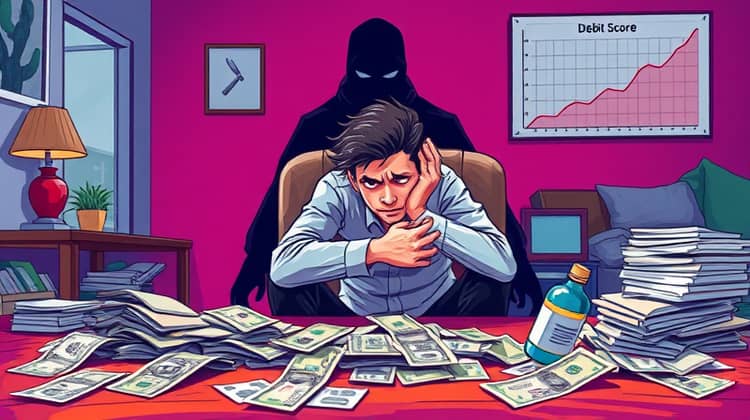
When a loan balance is charged off, it means the lender has deemed the debt as uncollectible after a period of non-payment. This typically occurs after several months of missed payments, leading the lender to write off the balance as a loss.
However, it’s important to note that this does not eliminate the borrower’s responsibility for the debt; the borrower may still face collection efforts.
- Damage to credit score continues for years after charge-off.
- Lender may sell the debt to collection agencies.
This can further complicate a borrower's financial situation and should be treated as a critical wake-up call.
How to Recover from Loan Default
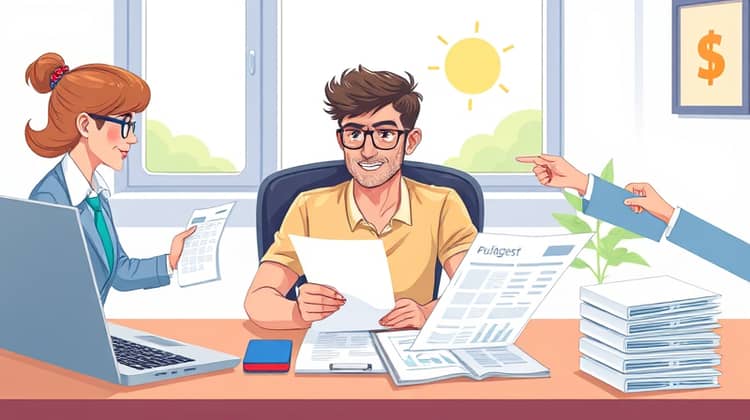
Recovering from loan default is a challenging yet achievable process. It begins with addressing the underlying issues that led to the default, such as reorganizing finances and increasing financial literacy.
Borrowers may also benefit from consulting financial advisors or enrolling in credit counseling services that guide them through recovery options.
- Review and adjust your budget to prioritize debt repayment.
- Communicate with lenders to explore repayment assistance options.
- Consider seeking professional financial advice.
With determination and a strategic approach, it is possible for borrowers to rebuild their credit and regain their financial footing.
Conclusion
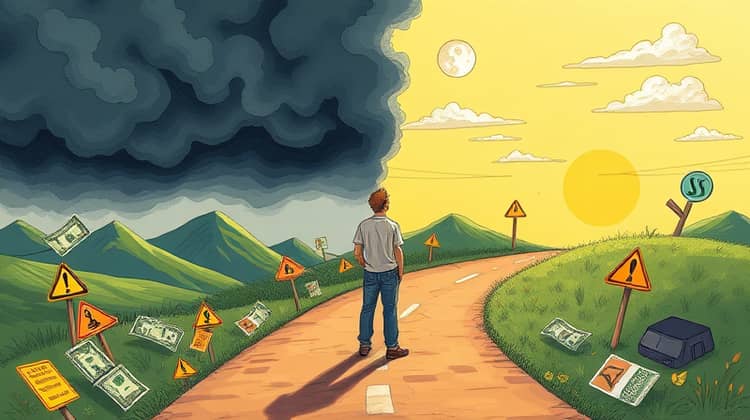
In conclusion, learning about loan defaults is crucial for anyone considering taking on debt. Understanding what defaulting on a loan means, its consequences, and common types of defaults can empower borrowers to make informed decisions.
Further, recognizing the factors that lead to default and employing strategies to avoid it can provide borrowers the tools they need to stay on track with their financial commitments.
Finally, those who find themselves in default should focus on recovery strategies and seek assistance when necessary in order to restore their financial health and regain their stability.



